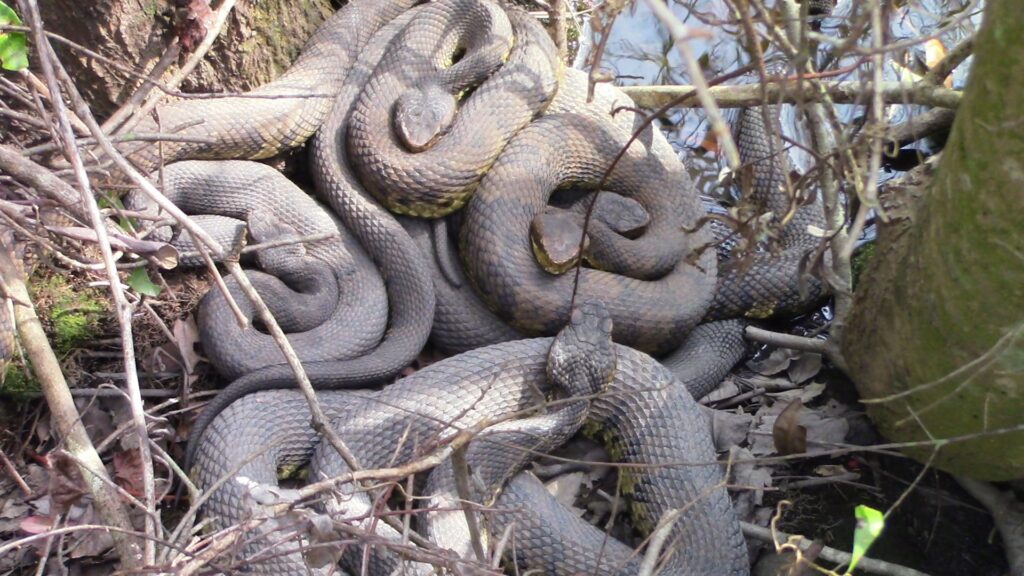
The cottonmouth, or water moccasin, is a venomous snake often found near Florida lakes. These semi-aquatic snakes are known for their defensive behavior, coiling and showing their distinctive white mouths when threatened. Though they rarely bite unprovoked, their venom can cause severe tissue damage. Wearing protective gear and staying on clear paths can reduce the likelihood of an encounter. Respect their space to ensure both your safety and theirs.
American Alligator: Apex Predator
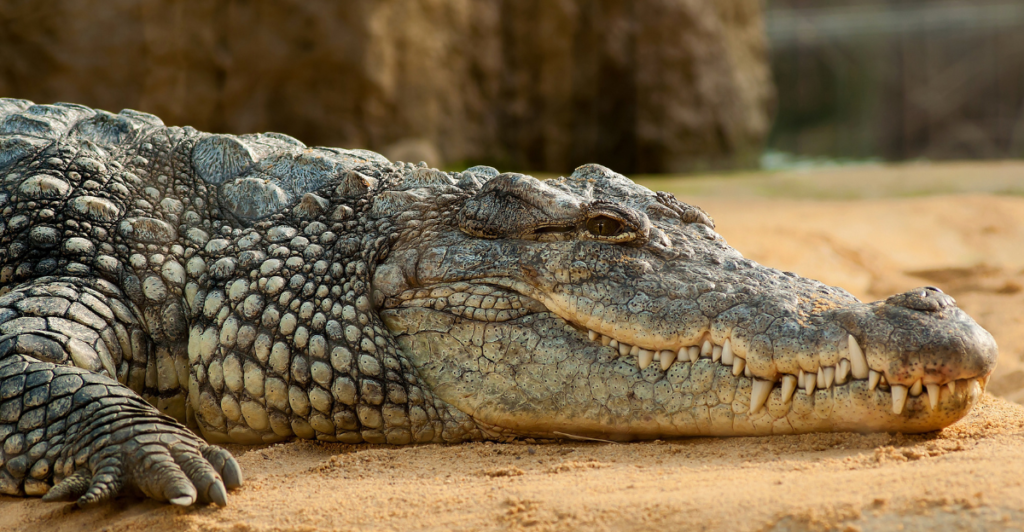
The American alligator is a formidable predator, reaching up to 15 feet long. These reptiles often bask near lake shores but can defend their territory quickly. Feeding them is illegal in Florida to prevent aggressive behavior. While they typically avoid humans, an encounter can turn dangerous if provoked. Alligators are essential to Florida’s wetlands, but visitors should always maintain a safe distance and remain alert.
Florida Snapping Turtle: Powerful Bite
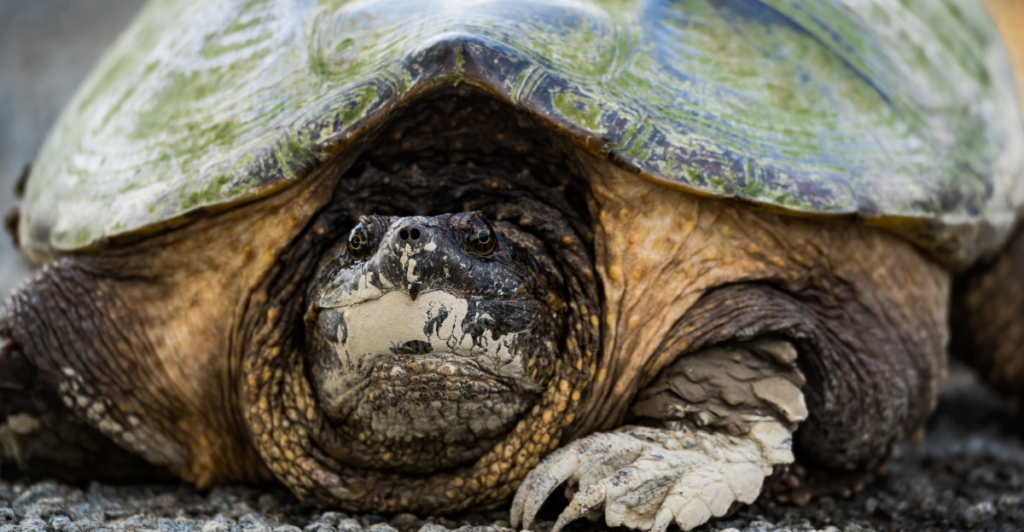
Snapping turtles are prehistoric-looking reptiles known for their strong jaws and aggressive nature when threatened. Found lurking in lake bottoms, they can grow to over 75 pounds. These turtles are not typically dangerous unless provoked, but their bite can cause serious injuries. Often mistaken for rocks, they blend well into their environment. Always exercise caution when wading or fishing in Florida lakes to avoid accidental encounters with these reptiles.
Bull Sharks: Unexpected Visitors
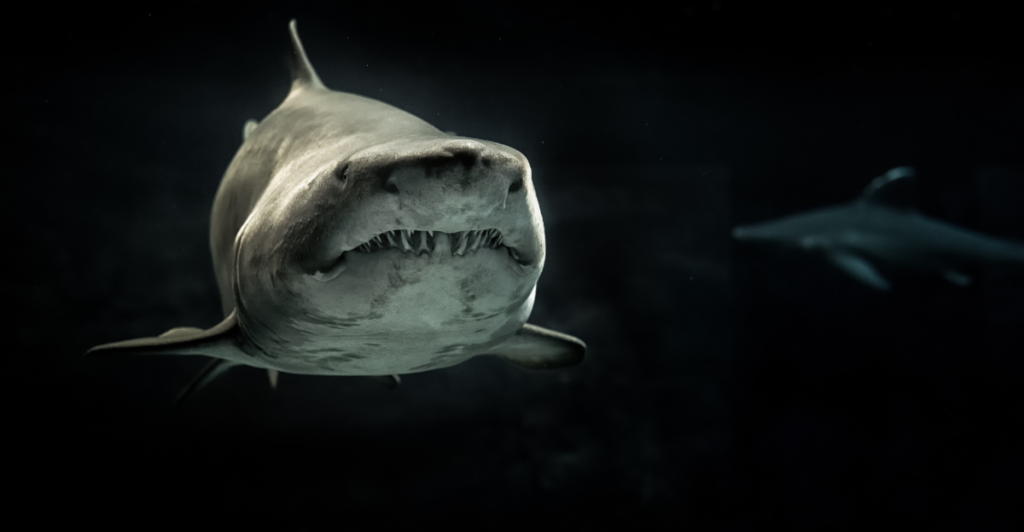
Though more common in saltwater, bull sharks are known to swim up rivers and inhabit freshwater lakes. These aggressive sharks can grow up to 11 feet long. Their adaptability to various water types makes them unique predators. While shark attacks in Florida lakes are sporadic, swimmers and boaters should avoid murky waters or areas where fish congregate to minimize the risk of unexpected encounters.
Alligator Gar: Giant Predator Fish
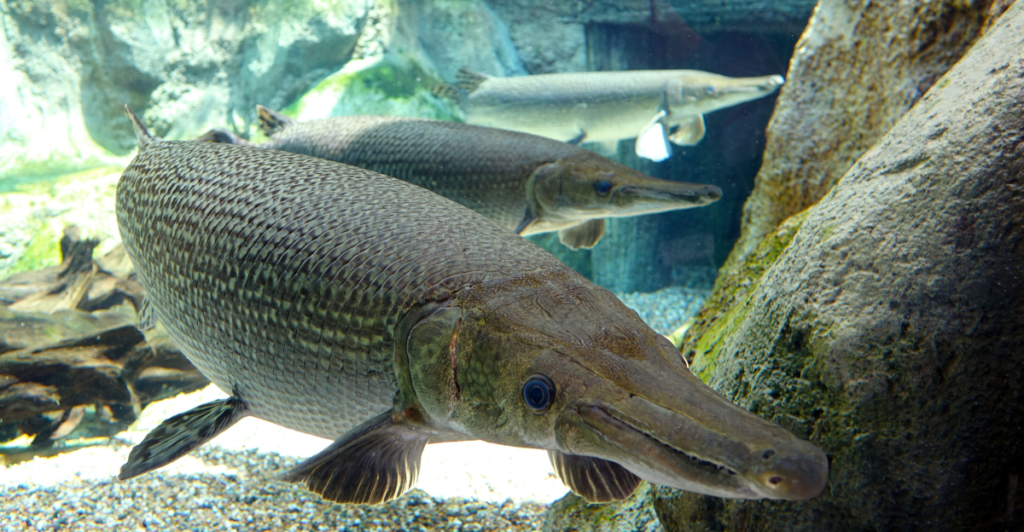
The alligator gar is a massive, prehistoric fish resembling an alligator, with its elongated snout and sharp teeth. Found in Florida’s lakes, it can grow up to 10 feet long and weigh over 300 pounds. While not typically aggressive toward humans, its size and powerful jaws intimidate it. Fishermen should handle these creatures cautiously, as their thrashing can cause injuries. They play a vital role in controlling fish populations.
Florida Panther: Rare Lake Visitor
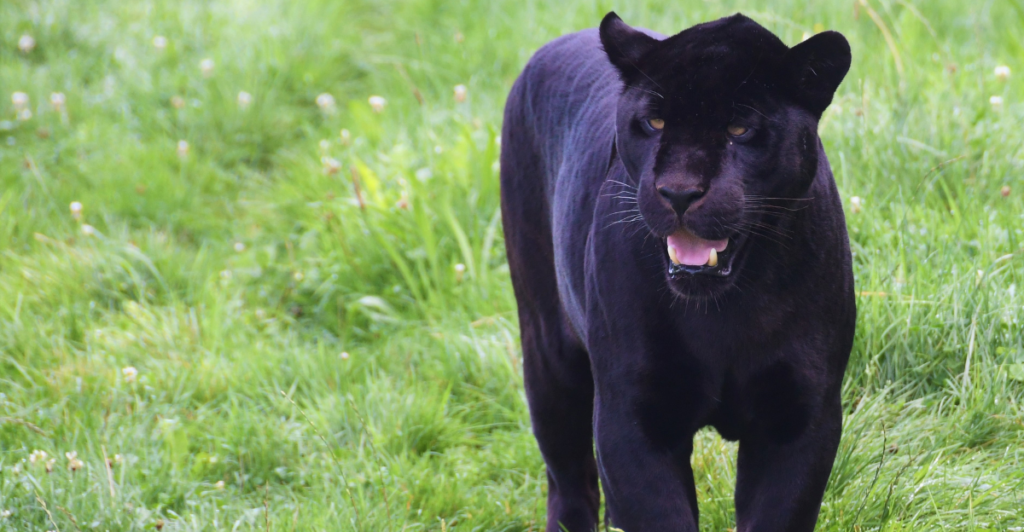
Although primarily found in forests and swamps, Florida panthers occasionally venture near lake shores in search of prey. These majestic predators are elusive and generally avoid human contact. However, they are strong and fast, capable of ambushing if cornered or threatened. While sightings near lakes are rare, giving them space and reporting any encounters is essential. Conservation efforts have been crucial in preserving this endangered species.
Fire Ants: Surprising Lake Threat
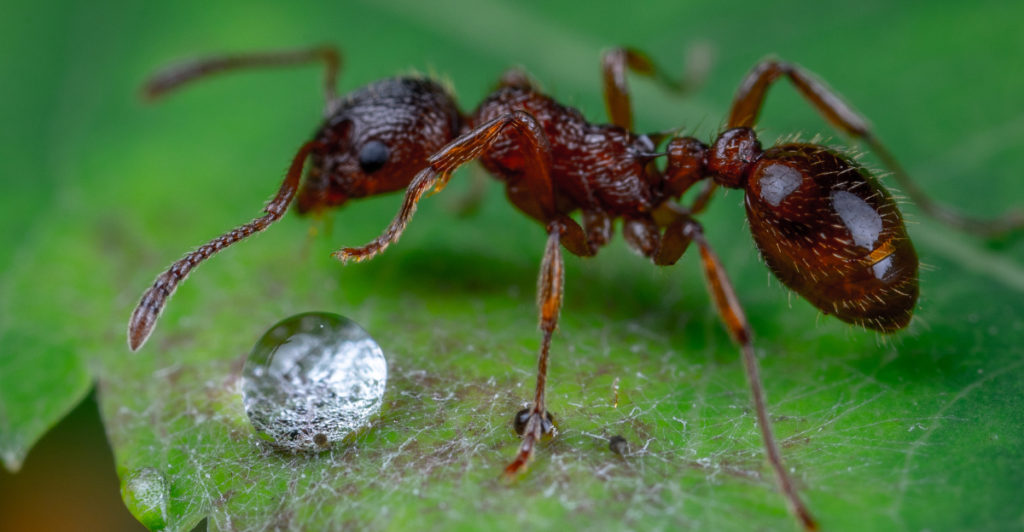
Although tiny, fire ants pose a surprising danger near Florida lakes. These aggressive insects often build nests along shores, disturbing them can result in painful bites and stings. Fire ants can swarm quickly, causing severe allergic reactions in some individuals. Avoid walking barefoot near lake edges or disturbing soil mounds. Staying vigilant and wearing protective footwear can prevent unpleasant encounters with these persistent insects.
Banded Water Snake: Harmless Lookalike
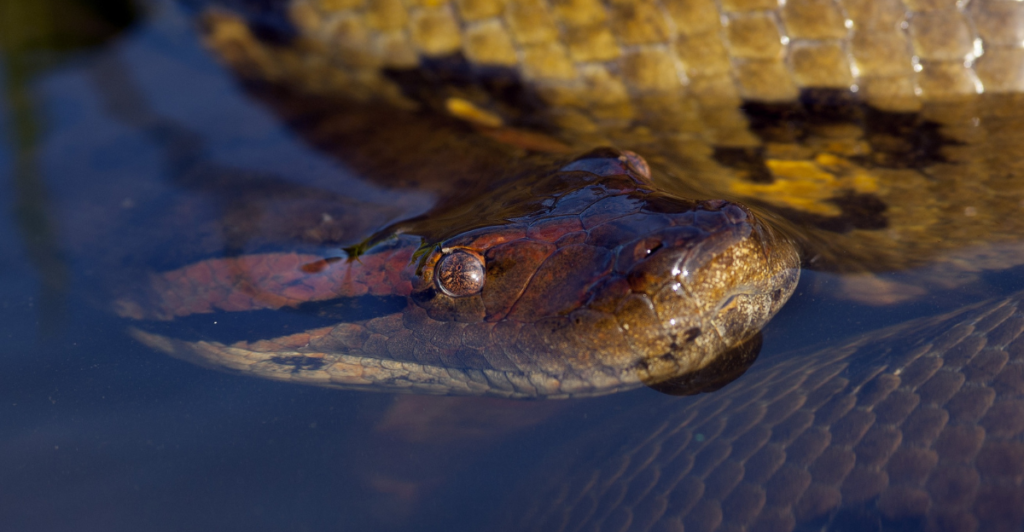
The non-venomous banded water snake often gets mistaken for the cottonmouth due to its similar appearance. Found in Florida lakes, these snakes are harmless to humans but may bite in self-defense if mishandled. They play an essential role in controlling fish and amphibian populations. Observing them from a distance ensures safety while appreciating their contribution to the ecosystem. Learning to distinguish them from their venomous counterparts is key.
Blue Heron: Stealthy Hunter
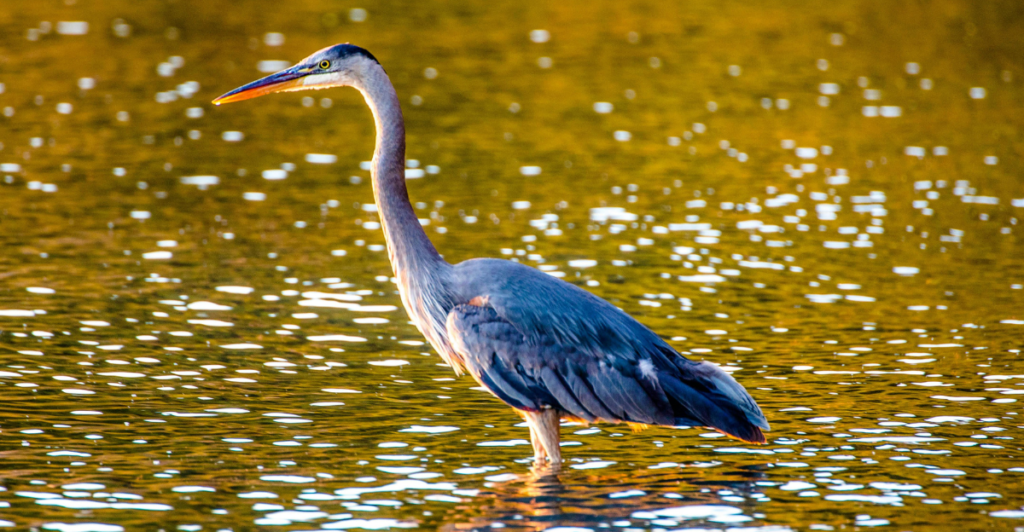
Although not typically considered dangerous, the blue heron can threaten small pets. These large birds, often seen near Florida lakes, are skilled hunters with sharp beaks. They primarily feed on fish and amphibians but have been known to defend their nests aggressively. Observing these elegant birds from afar prevents potential conflicts and allows them to thrive in their natural habitat. Respect their space and enjoy their beauty.
Mosquitoes: Persistent Pests
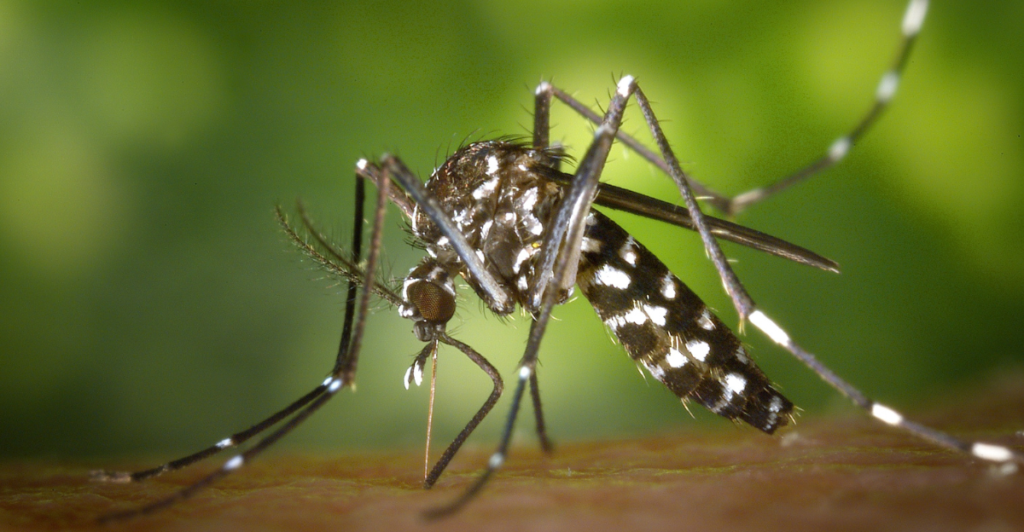
Mosquitoes are constantly near Florida lakes, thriving in the warm, humid environment. While not dangerous themselves, they can transmit diseases like West Nile virus and dengue fever. Protecting yourself with repellents, wearing long sleeves, and avoiding lake areas at dusk can reduce the risk of bites. Managing standing water around lakes is also crucial for controlling their population. These tiny insects are a reminder of the need for vigilance outdoors.
How to Stay Safe Around Florida Lakes

Awareness and preparation are key to enjoying Florida’s lakes safely. Always respect wildlife, avoid feeding animals, and follow local guidelines. Wearing protective clothing, staying in designated areas, and carrying a first aid kit can be lifesaving. Understanding the ecosystem, whether hiking, swimming, or fishing, ensures a harmonious coexistence. By practicing caution, visitors can experience the beauty of Florida’s lakes while minimizing risks from its diverse and sometimes dangerous inhabitants.
Florida’s Lakes: A Balance of Beauty and Danger
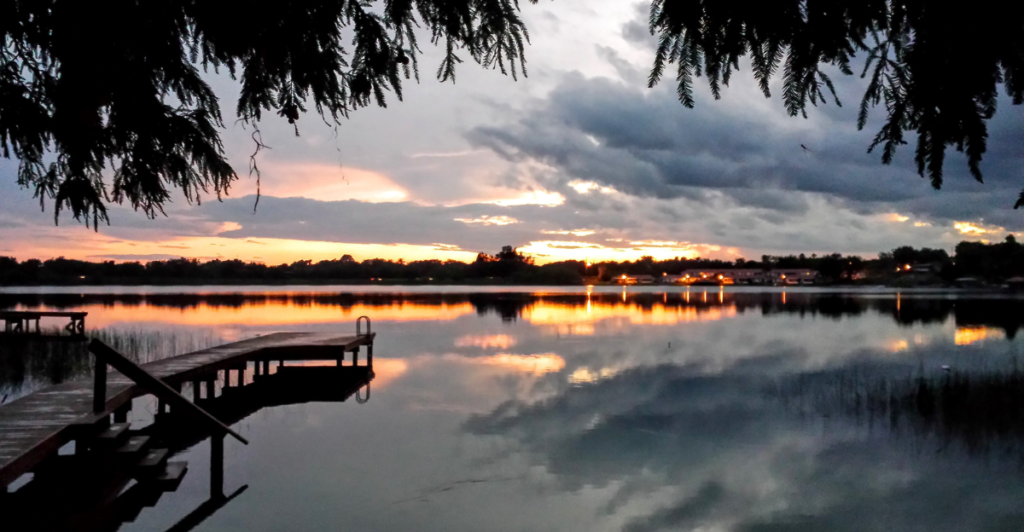
Florida’s lakes offer a fascinating glimpse into the natural world, home to captivating and potentially dangerous creatures. By understanding these animals and their behavior, we can appreciate their role in the ecosystem while keeping ourselves safe. Whether encountering an alligator basking on the shore or admiring a heron in flight, Florida’s lakes remind us of nature’s wonders. Respect and caution ensure these experiences remain both memorable and safe.
Florida’s Lakes: Home to Diverse Wildlife
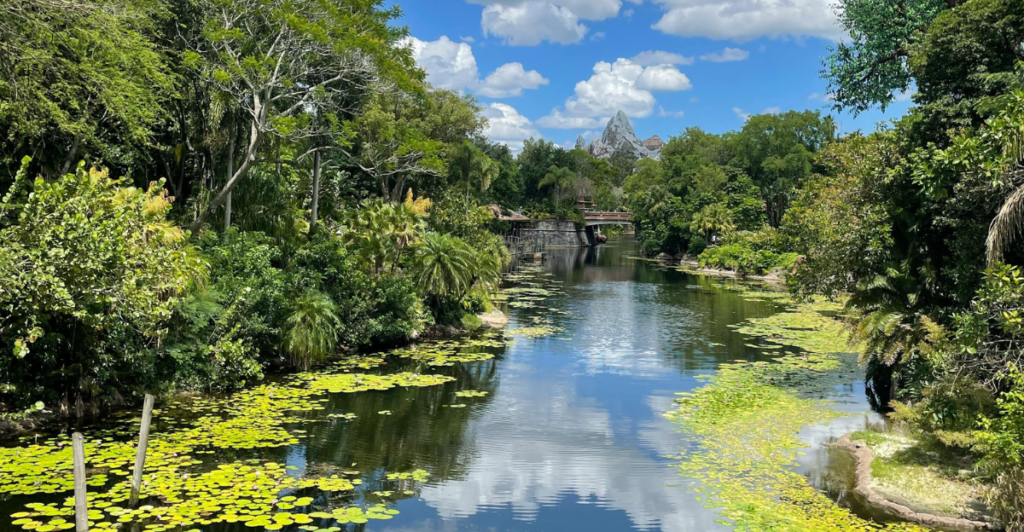
Florida’s freshwater lakes are teeming with life, hosting a mix of serene and dangerous animals. While these habitats are vital ecosystems, they also harbor creatures that demand respect. From reptiles to fish, the biodiversity is astounding. But not every animal is safe to approach. This gallery explores seven of the most dangerous creatures you might encounter in Florida lakes, offering insight into their habits, dangers, and how to coexist safely.
Discover more of our trending stories and follow us to keep them appearing in your feed

Meet the Massive Crocodiles That Make Their Homes 40 Feet Underground
Top 11 Most Dangerous Animals in Africa
Top 20 Most Dangerous Animals in the World
13 Most Dangerous Animals in America
Stay connected with us for more stories like this! Follow us to get the latest updates or hit the Follow button at the top of this article, and let us know what you think by leaving your feedback below. We’d love to hear from you!







